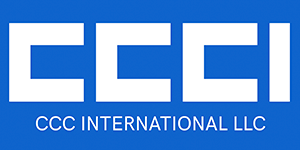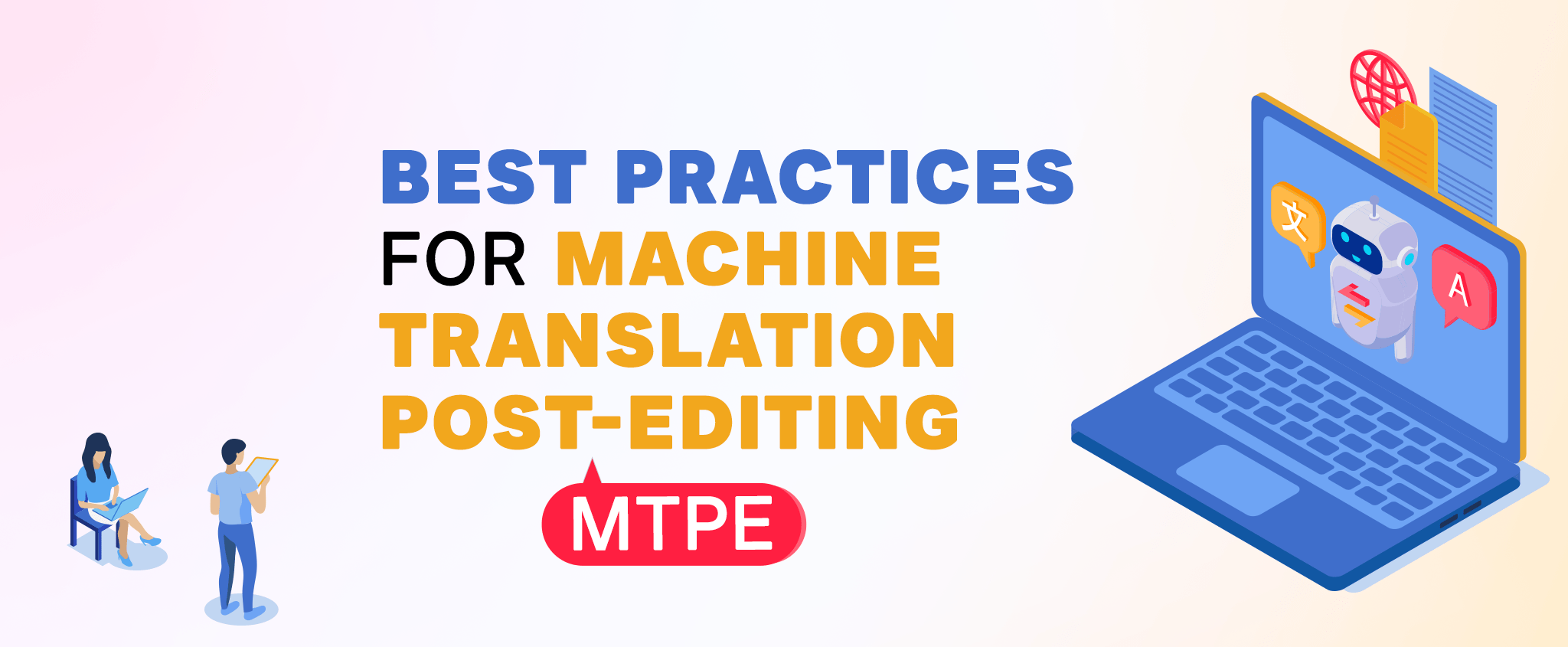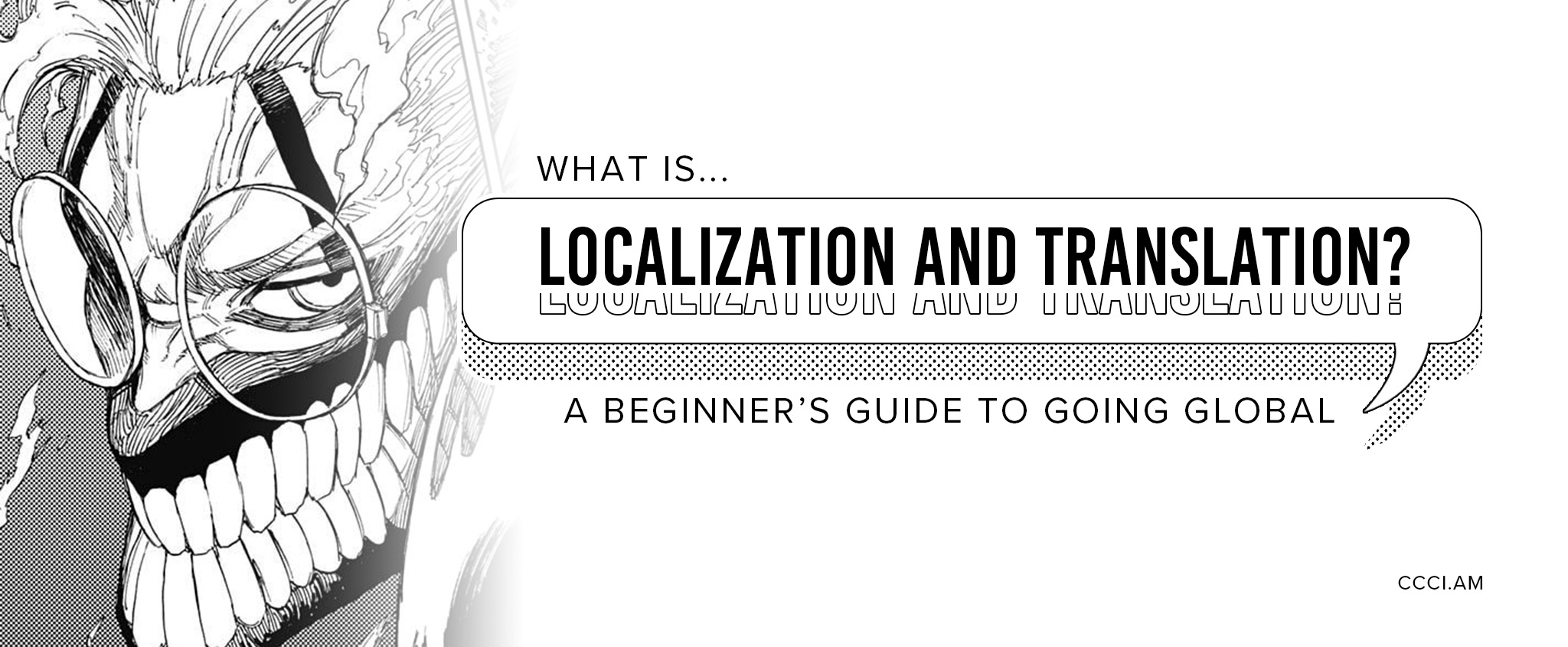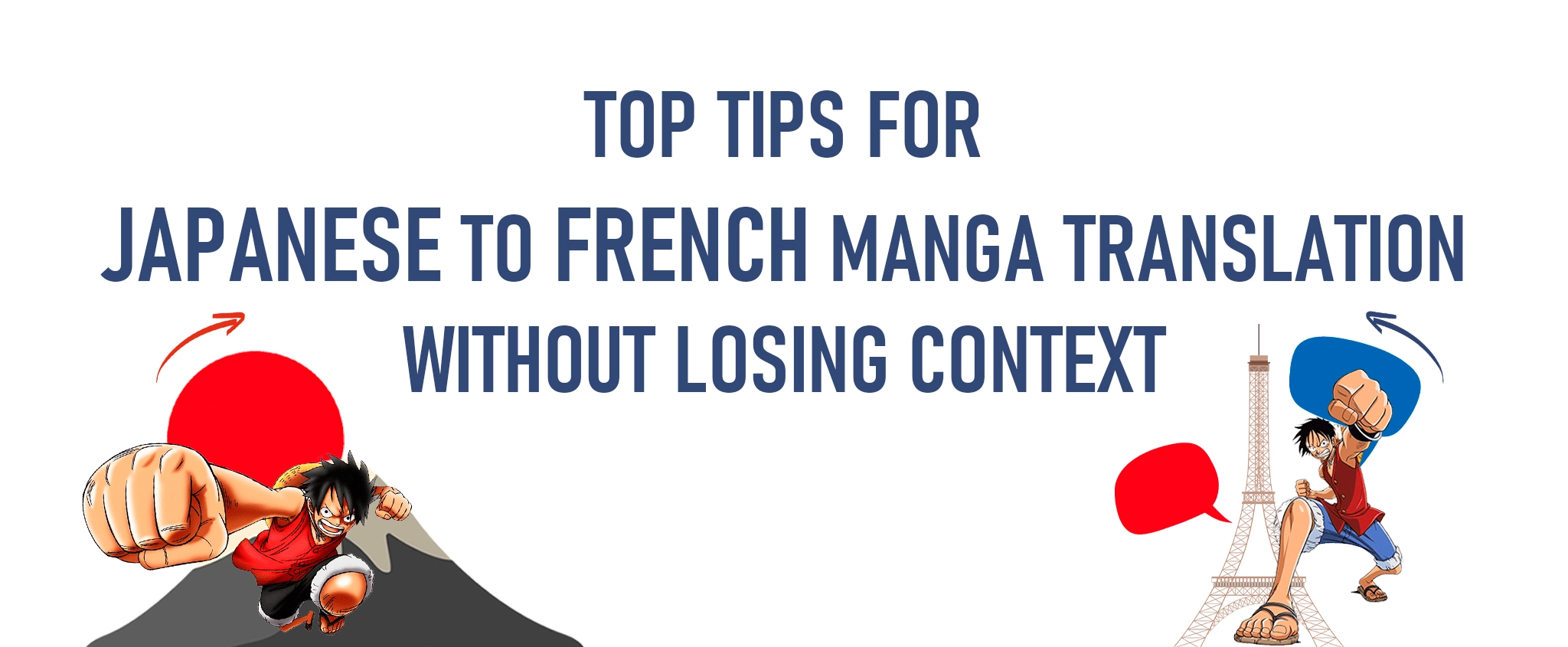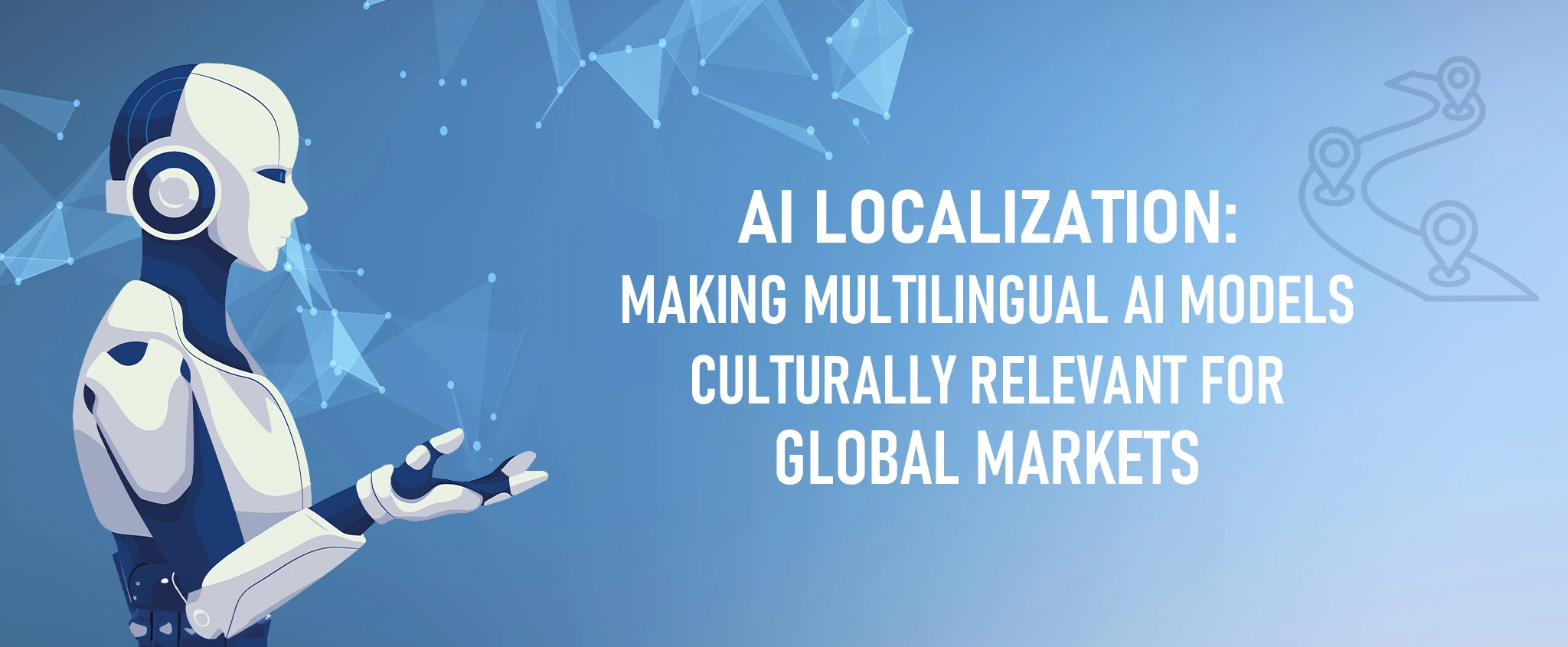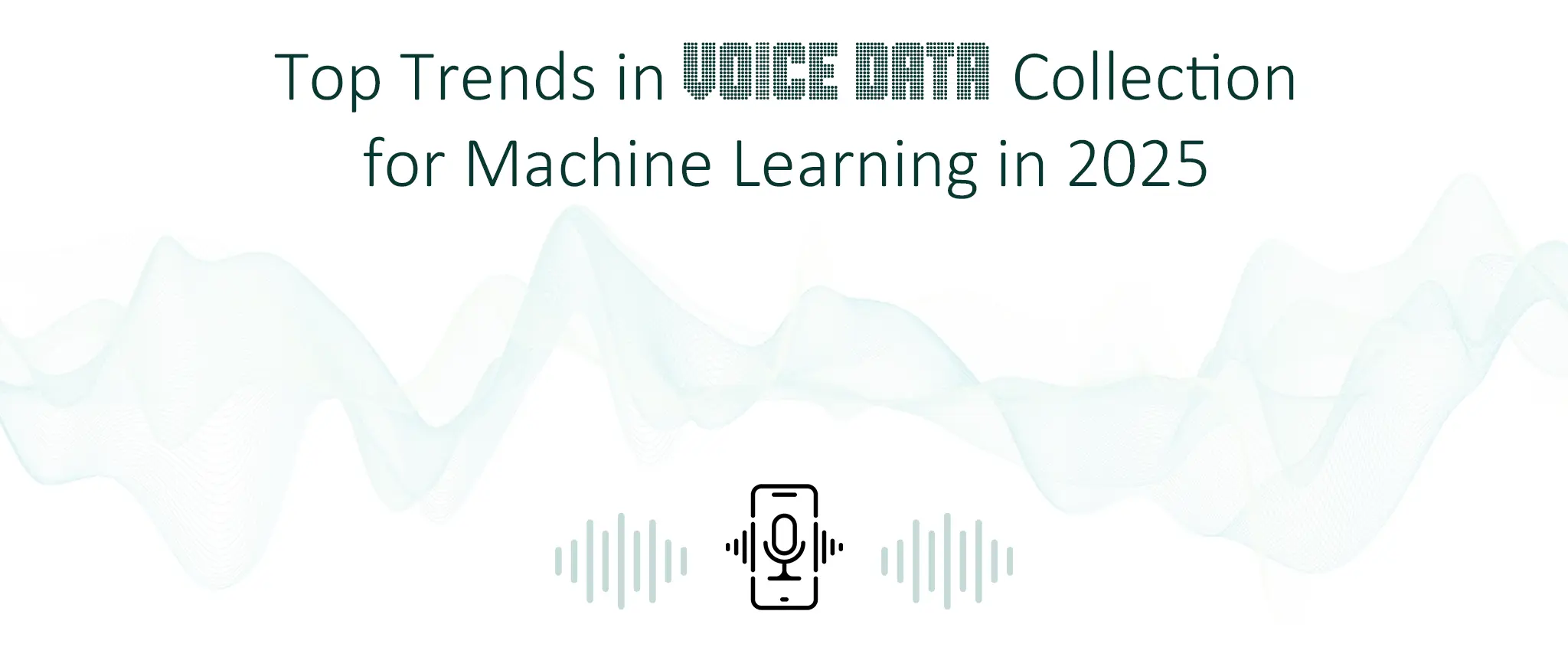Best Practices for Machine Translation Post-Editing (MTPE)
The professional translator community around the globe is vast, comprising roughly 640,000 individuals. Translation is necessary for various industries, making machine translation post-editing (MTPE) services more critical than ever. What is MTPE, and what are the best practices for it?
CCC International will discuss everything you need to know about this process and why investing in machine translation post-editing services is essential for businesses everywhere!
Key Takeaways:
- Machine translation is an automated method of converting text from one language to another, offering the benefit of fast and large-scale translations; however, it often presents the challenge of lacking cultural and contextual nuances.
- Machine translation post-editing is having a human translator review and correct the output from machine translation to improve accuracy, consistency, and fluency.
- Investing in machine translation post-editing services or MTPE services allows businesses to reap the benefits of machine translation while ensuring accuracy and quality as you would with any human translation.
- Translation, editing, and proofreading or TEP services provide the best of both worlds if done correctly, so it’s best to partner with a professional translation services provider.
Table of Content:
- What Is Machine Translation?
- Types of Machine Translation
- MT Benefits and Challenges
- What is MTPE?
- The Importance of MTPE
- Best Practices For MTPE
- CCCI – Professional TE, TEP, and MTPE Services
What Is Machine Translation?
Machine translation (MT) explores using software to translate text or speech from one language to another. It enables users to break down language barriers and communicate effectively, regardless of their linguistic background.
Machine translation is common in various industries. For instance, global corporations use MT to translate business documents, websites, or customer service interactions to reach a broader audience. In the legal field, MT can help translate legal documents quickly. Media companies often use machine translation for subtitling and dubbing foreign content.
Note: The counterpart to machine translation is human translation, a process carried out by professional linguists fluent in both the source and target languages.
Types of Machine Translation
The evolution of machine translation has resulted in various kinds of machine translation systems, each possessing unique advantages and shortcomings. Primarily, we can classify machine translation into three types:
Rule-Based Machine Translation
Historically, the initial iteration of machine translation, rule-based MT, heavily depended on a large set of predefined linguistic rules. These rules assisted the software in conveying the meaning of the text from one language to another. However, the output quality was generally low, and the process necessitated the manual inclusion of languages and substantial human post-editing.
Statistical Machine Translation
Statistical Machine Translation (SMT) enhances the translation process by constructing a mathematical model that identifies correlations between words, phrases, and sentences within a specific piece of text. This model is then applied to a different language, facilitating the translation of these elements. Though it represents an improvement over the rule-based MT, it’s full of similar challenges.
Neural Machine Translation
Neural Machine Translation (NMT) employs Artificial Intelligence (AI) technology to mimic how the human brain learns and processes languages. Rather than strictly adhering to a predetermined set of rules, the neural network within the MT engine takes on the task of encoding and decoding the original text. This approach enhances translation accuracy and streamlines the inclusion of additional languages.
MT Benefits and Challenges
Machine translation offers several significant benefits, including the following:
- Speed: Machine translation can translate large amounts of text faster than a human translator. This speed is invaluable when quick translation, such as customer service interactions or news updates, is necessary.
- Efficiency: MT is an automated process that can work non-stop and handle numerous projects simultaneously. The efficiency is particularly beneficial for businesses that require consistent, high-volume translations.
- Scalability: Machine translation can quickly adapt to the volume and complexity of translation tasks, making it scalable for varying business demands.
- Accessibility: Machine translation breaks down language barriers, making content accessible to international audiences. This accessibility helps businesses expand their reach and engage with diverse customers.
It’s also important to note that while machine translation provides numerous advantages, it may not fully grasp cultural nuances and context the way a human translator can. Here are some of the challenges:
- Accuracy: MT is still a work in progress, and it’ll take time before it can accurately capture the nuances of language. As such, automated translations may not convey the intended meaning or tone accurately.
- Grammar and Syntax: Machine translation often struggles to generate appropriate grammar and syntax, making the output difficult to understand.
- Cultural Context: MT doesn’t always recognize cultural differences and regional variations in language, which can lead to misinterpretations and misunderstandings.
- Human Intervention: Since machine translation is still evolving, it requires human intervention or post-editing to ensure the accuracy and quality of translations.
What Is MTPE?
Machine translation post-editing (MTPE) is a process wherein human editors refine and correct translations produced by machine translation systems. These editors pay attention to the nuances of the language, grammar, syntax, and cultural context that machines often miss, enhancing the quality and accuracy of the final translation. Ultimately, the goal is to ensure that the translated content is linguistically accurate, culturally sensitive, and appropriate.
The Importance of MTPE
We cannot overstate the value of MTPE in today’s globalized world, where effective communication is paramount. Here are the main advantages of MTPE:
- Enhanced Accuracy: MTPE significantly improves accuracy by refining machine-translated text, reducing the risk of miscommunication and misinformation.
- Cultural Sensitivity: MTPE ensures that the translated content respects the target language’s cultural nuances, traditions, and idioms, making communications more relatable and effective.
- Professional Quality: MTPE ensures that the translated content is linguistically accurate and stylistically polished, maintaining a consistent tone and style that aligns with the source material.
- Cost and Time Efficiency: MTPE balances machine translation speed and human translation quality. It allows businesses to translate large volumes of text quickly without compromising quality, making it a cost-effective and time-efficient solution.
- Adherence to Industry Standards: MTPE guarantees that the translations adhere to these industry-specific standards, making them reliable for professional use.
Pro Tip: Translation, editing, and proofreading or TEP services provide the best of both worlds if done correctly. Trusting a professional translation service provider for complete end-to-end solutions for all your MTPE needs is best.
Best Practices For MTPE
As we delve deeper into MTPE, it’s imperative to understand that effective MTPE is not solely about correcting errors but also involves a strategic approach. To fully reap the benefits of MTPE, follow certain best practices:
Pre-Editing
Before using machine translation, pre-editing can help make the source text more accessible and machine-friendly. This process involves simplifying complex sentences, eliminating ambiguities, and standardizing terminology. The source text must be error-free and, if possible, adhere to the target language’s grammar structure.
Choosing the Right MT Engine
Not all machine translation engines are created equal. Some engines may perform better depending on your language pair and content type. For example, one MT engine can be best for Japanese-English translations, while another would be more suitable for French–Korean. Choosing the right engine that can accurately recognize data, terminology, and language nuances in your content is important.
Human Review
Machine translation should never be the final step. There should always be a machine translation post-editing, comprising a human review and edit of the machine-translated output, correcting errors, and adapting the text to the target culture and audience. Post-editors can go back and forth between the source and target text to ensure accuracy, context, and fluency.
Post-editing Guidelines
It’s integral for post-editors to never under-edit or over-edit. While under-editing can lead to subpar output, over-editing may increase costs and low ROI on MTPE projects. Establishing clear post-editing guidelines can help ensure consistency and quality across numerous editors and projects.
These guidelines should define the required level of editing, quality expectations, and specific terminological preferences. It’s best to research standard conventions to ensure high-quality output.
Feedback Loop
Implementing a feedback loop between the post-editors, translators, and everyone involved in the project can help maintain consistency and provide an opportunity for continuous improvement. Feedback must be constructive, detailed, and actionable. The goal is to identify weaknesses and find solutions until the team can produce error-free, high-quality translations.
Training
Regular training for post-editors on the system’s changes, updates, or new features can enhance understanding and usage of the MTPE system, ensuring higher quality outputs. For instance, training and refreshers on the use of translation memory (TM) and terminology databases can prevent errors in translation. Furthermore, editors must stay updated with style guides and cultural nuances to ensure translation accuracy.
CCCI – Professional TE, TEP, and MTPE Services
With the continuous proliferation of machine translation, there’s also an increased need for professional MTPE. CCCI is at the forefront of providing top-notch TE, TEP, and MTPE services, ensuring superior translation quality and accuracy.
CCCI offers general and specialized translation and localization services in over 30 languages and follows industry-standard TE, TEP, and MTPE practices. By leveraging advanced machine learning capabilities and cutting-edge technologies, we are able to offer cost-effective MTPE solutions tailored to your needs. Contact our team today!
